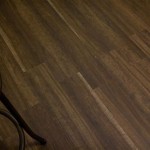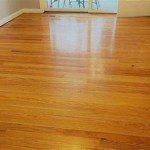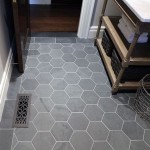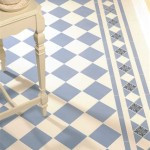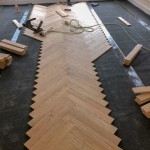Carpet Pad For Concrete Floor
When selecting a carpet pad for a concrete floor, there are several important factors to consider: moisture resistance, thermal insulation, sound absorption, and durability. Each type of pad offers different benefits and drawbacks, so it's essential to choose the one that best suits your specific needs and preferences.
Moisture Resistance
Concrete floors are susceptible to moisture problems, such as vapor transmission and condensation. A moisture-resistant carpet pad is crucial to prevent moisture from seeping up into the carpet and causing damage. Look for pads with a closed-cell structure and a high moisture vapor permeance (MVP) rating. Closed-cell pads are less likely to absorb moisture, while a high MVP rating indicates that the pad allows moisture vapor to escape.
Thermal Insulation
A carpet pad can provide additional thermal insulation, making your room warmer and more comfortable underfoot. Look for pads made from materials with high thermal resistance, such as rubber or foam. The R-value of the pad indicates its thermal resistance, with higher R-values indicating better insulation.
Sound Absorption
Carpet pads can also help reduce noise levels by absorbing sound waves. This is especially important in areas where noise is a concern, such as bedrooms, offices, or apartments. Look for pads with a high sound absorption coefficient (SAC) rating. The higher the SAC rating, the more sound the pad absorbs.
Durability
Durability is another important consideration when choosing a carpet pad for a concrete floor. The pad should be able to withstand the weight of furniture and foot traffic without becoming compressed or losing its shape. Look for pads made from durable materials, such as rubber or high-density foam.
Types of Carpet Pads for Concrete Floors
There are several different types of carpet pads available for concrete floors, each with unique characteristics:
- Rubber Pads: Rubber pads are highly durable, moisture-resistant, and provide excellent thermal insulation. They are a good choice for areas with heavy foot traffic or moisture concerns.
- Foam Pads: Foam pads are lightweight, inexpensive, and offer good sound absorption. However, they are not as durable as rubber pads and may not provide as much thermal insulation.
- Felt Pads: Felt pads are made from natural or synthetic fibers and are the most affordable option. They offer some sound absorption but are not very durable or moisture-resistant.
- Composite Pads: Composite pads combine different materials, such as rubber and foam. They offer a balance of durability, thermal insulation, and sound absorption.
Installation
Installing a carpet pad on a concrete floor is a relatively simple process:
- Prepare the concrete floor by cleaning it and removing any debris.
- Cut the carpet pad to the desired size and shape.
-Lay the carpet pad on the concrete floor and smooth it out.
- Secure the carpet pad with double-sided carpet tape or tack strips.
- Install the carpet over the carpet pad.
By following these steps, you can easily install a carpet pad on your concrete floor, providing additional comfort, warmth, and sound absorption.

Do This Before Laying Carpet In Your Basement

Understanding Carpet Underlay Cormar Carpets

How To Install Carpet On Concrete Smart Remodeling Llc

Rug Pads For Concrete Floors In Dfw

Rug Pads For Concrete Basement Floors Rugpadusa

Damp Moisture Resistant Underlays For Concrete Floors Tradepriced Carpet Underlay

Superior Lock 1 4 Rugpadusa

Some Things To Know Before Removing Carpet Building Moxie

Quick How To Remove Glued Carpet Padding Underlayment From Concrete Floor

What Kind Of Carpet Padding For Concrete Floors Hunker

